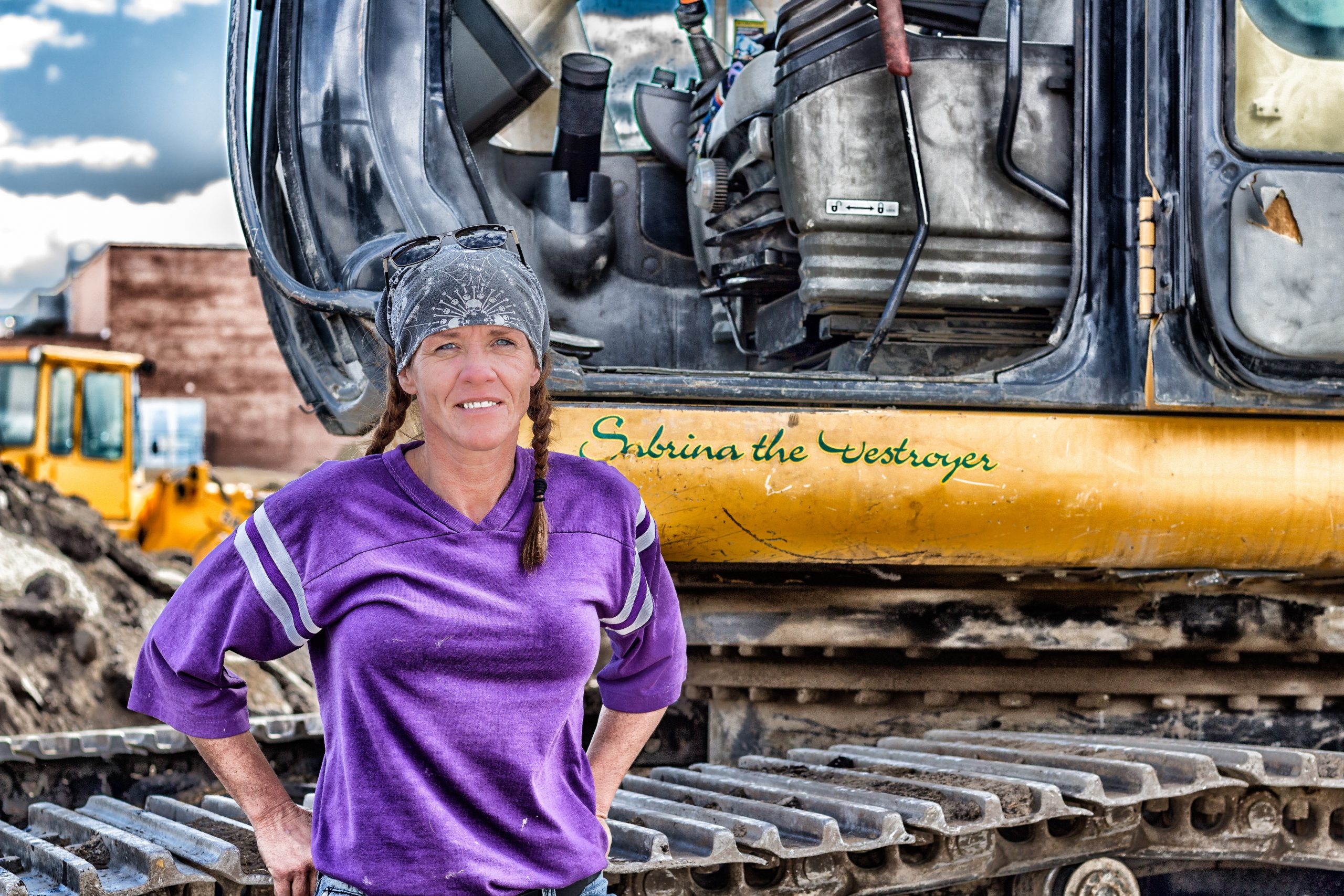How Does OSHA Protect Women In Construction?
When Schillivia Baptiste earned her bachelor’s degree in civil engineering from New York University Tandon School of Engineering, she was one of the very few females in her class. She worked with the New York State Department of Transportation and the Port Authority of New York & New Jersey, before she started working for a private engineering firm in New York. In 2008, she launched her construction management company, becoming one of the rare few women in this domain.
Sinade Caroll was planning on being a nurse, but when she saw an advertisement for Nontraditional Employment for Women (NEW) for a career a construction, she thought that this was her true calling. After an 8-week apprenticeship program, she had learnt plenty of trade tricks and secrets to working in the construction field. Today, she is a carpenter of high repute and regard in the city of New York.
Today, just 9.1% of the construction force in America comprises women, but a study conducted by the Bureau of Labor Statistics predicts that the percentage will rise by at least 12% before 2026. Currently, out of the 9.1% women who are in the construction world, only 22.4% are in the actual construction domain.
One of the main reasons why women are still reluctant to join the construction world is because they feel that they are not safe, they will not have much to do or will not have the facilities they would consider basic. However OSHA protects women in construction. With OSHA (Occupational Safety and Health Administration) regulations in place, construction is just as safe an occupational domain as any other and here are just some of the things that these regulations ensure:
- Understanding that every worker has the right to have a safe environment to work in, OSHA compliance starts by providing the right information as well as the appropriate training and assistance to not only the employees, but also the employers.
- All workers have the right to PPE or Personal Protective Equipment – but for women, this is often the first point of trouble, because most of the times, these PPE do not fit them properly. OSHA regulations state that women have to be provided with PPE that has been designed specifically for women. In case the employer refuses to provide the same, women are allowed to raise a complaint with OSHA. Fortunately, the International Safety Equipment Association (ISEA) is now equipped to provide PPE in all sizes, including those which would be ideal for women (ppe for women).
- As per the OSHA Sanitation standard, 29 CFR 1926.51, it is mandatory that proper sanitation facilities are provided for all employees and that these facilities need to be maintained at all times. Studies had shown that with unisex bathroom facilities were often not properly maintained or were overused, because of which many women employees chose to drink less liquids. This led to heat related problems as well as urinary tract infections. Women are allowed to request for gender specific toilets or additional toilet facilities at the construction site.
- Work place intimidation or harassment is not looked at positively by OSHA, which is why employers need to provide clear information on the same, as per OSHA regulations. Should a woman employee ever feel threatened or uncomfortable, she would be well within her rights to raise a complaint and the employer is expected to look into the same and find a solution, at the latest.
As per an OSHA trade release in 2017, OSHA has joined hands with the National Association of Women in Construction to ensure better working conditions for women in this field. The alliance, which will continue to be in existence till 2022, will concentrate on issues that affect women in this domain, including PPE selection, sanitation, violence, harassment and intimidation at the workplace. The alliance has conducted several OSHA training programs including the Safe + Sound Campaign for Safety and Health program, the National Safety Stand-Down to Prevent Falls in Construction program and the Heat Illness Prevention program.
OSHA, along with organizations such as National Association of Women in Construction, aim to create a more diverse workforce and ensure that every woman gets the chance of earning fair wages, on the basis of her hard work and talent.
Additional reading : Investigate the Root Cause to Prevent Workplace Accidents & Minimize Risk
Sources:
https://www.cnbc.com/2019/01/28/heres-what-its-like-to-be-a-woman-construction-worker.html
https://www.osha.gov/doc/topics/women/index.html
https://www.osha.gov/news/newsreleases/trade/12152017
By Purnima




